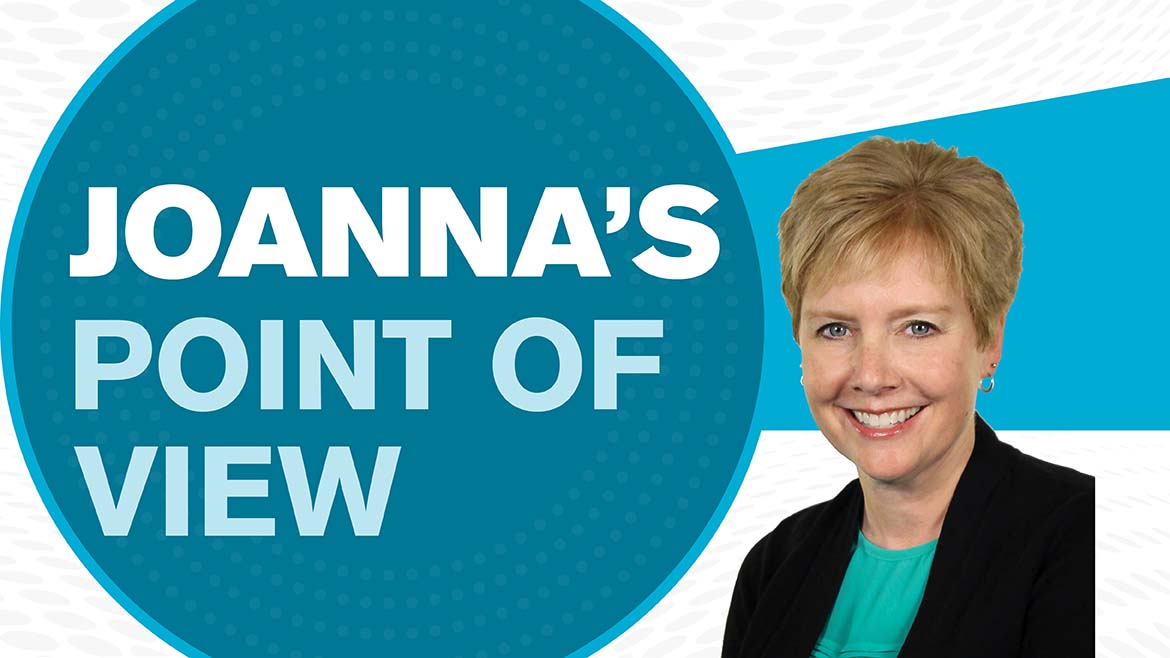Happy New Year! We survived one of the most difficult years in recent memory, and that alone is worth celebrating. What’s also worth celebrating is the fact that vaccines for COVID-19 are already being distributed across the U.S., which means we are one step closer to life returning to normal.
First to announce a viable vaccine was Pfizer, which reported last November that its candidate was found to be more than 90% effective in preventing COVID-19 in participants who had not previously been infected with the SARS-CoV-2 virus. According to the company, protection against the virus is achieved 28 days after the initiation of the vaccination, which consists of a two-dose schedule. Moderna followed in December, with its own announcement of a two-dose vaccine that was also approved at the end of last year.
That good news resulted in stock market rallies, as shareholders rejoiced at the thought of life returning to normal, possibly by the middle of the year. Then reality set in, as it became clear that since there will not be enough doses for everyone, tough decisions will have to be made regarding which individuals get inoculated first.
A more pressing concern was how Pfizer’s vaccine, in particular, would be distributed, given that it needs to be kept at a temperature of -94°F (-70°C), which is far colder than the temperatures needed to store other vaccines. Indeed, according to the Centers for Disease Control (CDC), the Varicella, measles/mumps/rubella, and Zoster vaccines must be kept in a freezer with temperatures ranging between -58°F and +5°F, while other routinely recommended vaccines can be stored in a refrigerator between 35°F and 46°F.
Even Pfizer recognized the challenges related to its vaccine’s ultra-low temperature formulation and storage, distribution, and administration requirements, noting that “we may not be able to create or scale up manufacturing capacity on a timely basis or have access to logistics or supply channels commensurate with global demand for any potential approved vaccine, which would negatively impact our ability to supply the estimated numbers of doses of our vaccine candidate within the projected time periods indicated.”
Temperature control is critical for vaccines, which must be stored properly from the moment they are manufactured to the moment they are administered. That means there can be no disruptions in the entire vaccine cold chain – from manufacture to transport to storage to administration. Any storage or handling errors could decrease potency and reduce effectiveness and protection, as well as cost thousands of dollars in wasted vaccine and revaccination.
Unfortunately, many pharmacies and hospitals in the U.S. do not have storage facilities for vaccines, such as the one from Pfizer, that require ultra-low temperatures, according to a recent Reuters article.
“We’re talking about a vaccine that needs storage at -70°C or -80°C. That’s a tremendous logistical issue not only in the U.S. but outside the Western world,” said Dr. Gregory Poland, a virologist and vaccine researcher with the Mayo Clinic in Rochester, Minnesota. “This is a logistical obstacle.”
Even the distribution of the Moderna vaccine, which “only” requires a long-term storage temperature of -4°F (-20°C), will pose a problem for poor countries, most of which lack reliable electricity and cooling technologies to transport and store vaccines at low temperatures. According to an article by the Associated Press, “Despite enormous strides in equipping developing countries to maintain the vaccine cold chain, nearly 3 billion of the world’s 7.8 billion people live where temperature-controlled storage is insufficient for an immunization campaign to bring COVID-19 under control.”
This problem could be mitigated should other pharmaceutical companies develop COVID-19 vaccines that do not require such low storage temperatures. Several pharmaceutical companies are in the process of developing vaccines that they say should be able to be shipped commercially using standard refrigeration.
Regardless of which COVID-19 vaccine(s) are ultimately approved for distribution, the bottom line is that proper refrigeration will be required for every step of the way between the manufacturer and the syringe. Everyone should have a greater appreciation for refrigeration, which, once again, is literally saving lives in the U.S. and around the world.
Want more HVAC industry news and information? Join The NEWS on Facebook, Twitter, and LinkedIn today!



Report Abusive Comment